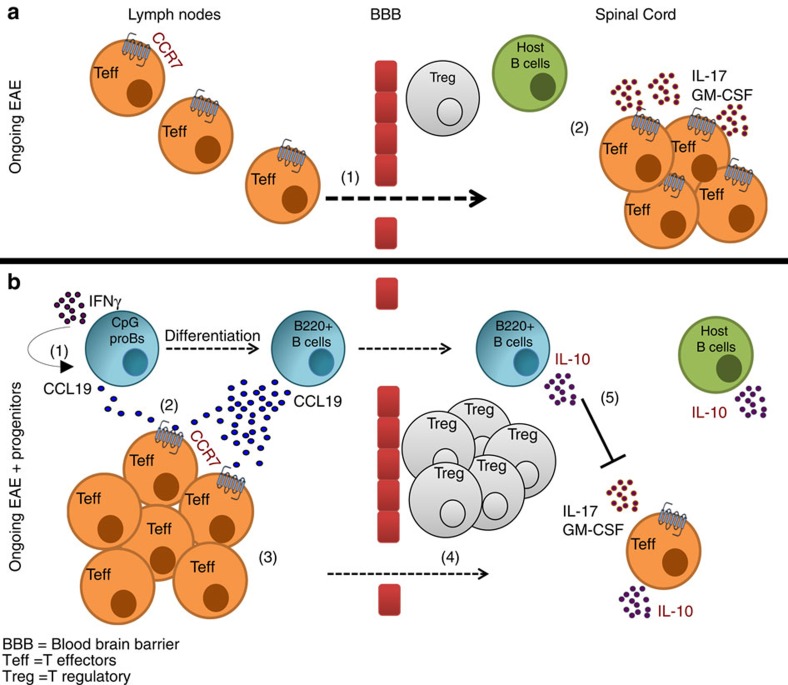Figure 7. Protection against EAE by CpG-proBs relies on cooperative action of their LN and spinal cord B-cell progeny.
(a) At the onset of clinical signs of EAE in untreated mice, autoreactive T cells migrate to the spinal cord (1) and release pathogenic cytokines IL-17 and GM-CSF (2). (b) In mice protected against EAE by adoptive transfer of only 60,000 CpG-proBs per recipient, the IFN-γ-dependent release by CpG-proB's progeny of CCL19 (1–2) anchors T cells via CCR7 (3), leading to effector T cells (Teff) accumulation in reactive LN. As a result, fewer T cells reach the spinal cord (4). In the spinal cord, the CpG-proB's progeny releases IL-10 (5), that reduces IL-17 and GM-CSF production by T cells, enhances Foxp3+ Treg accumulation and triggers IL-10 release by host B cells.

